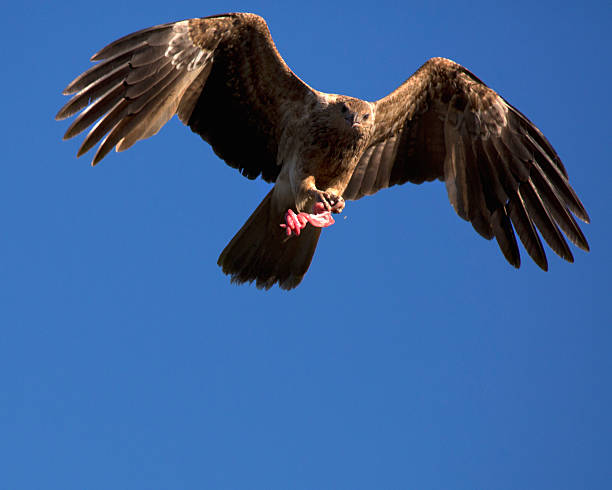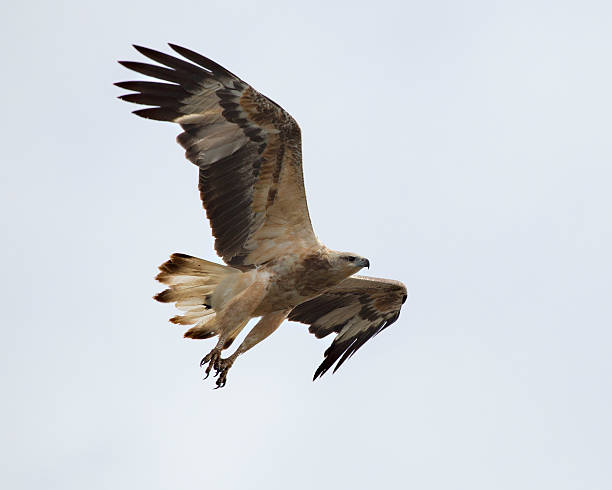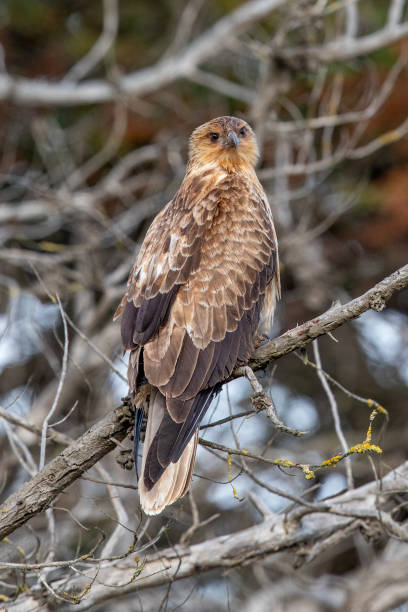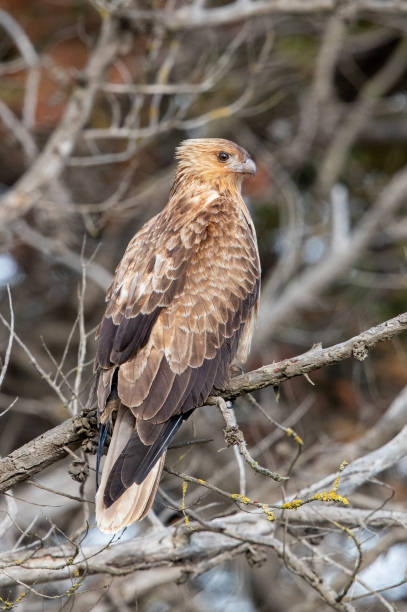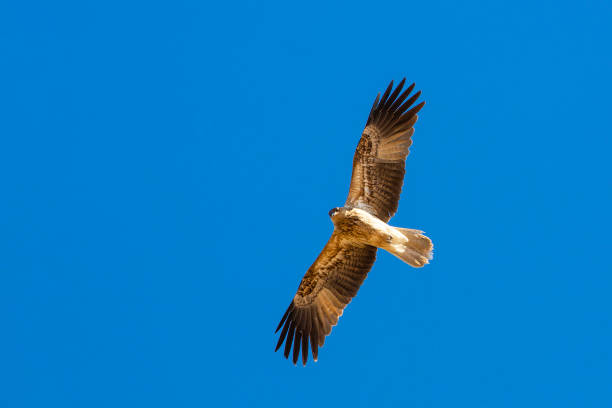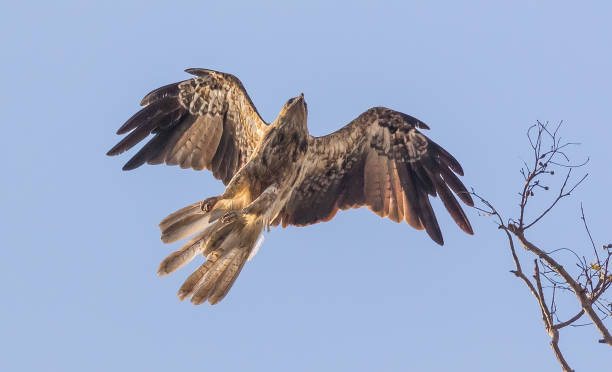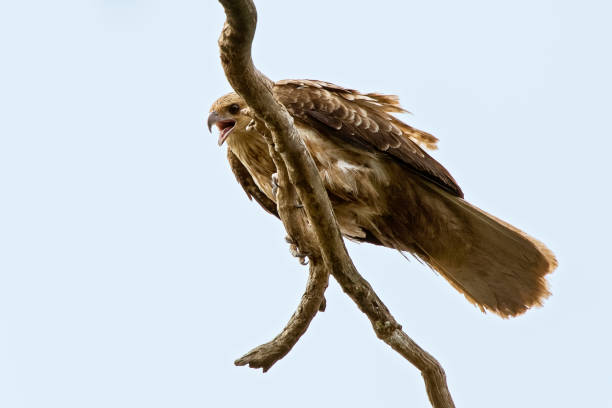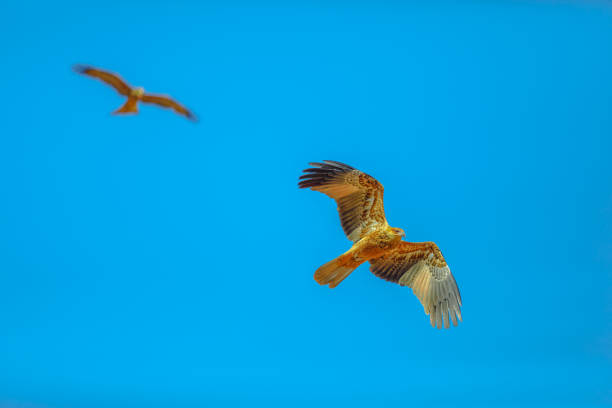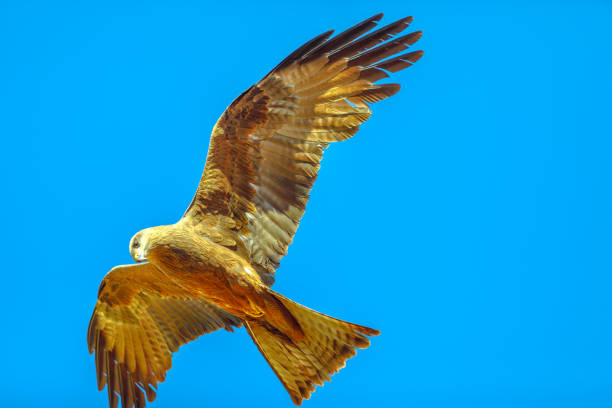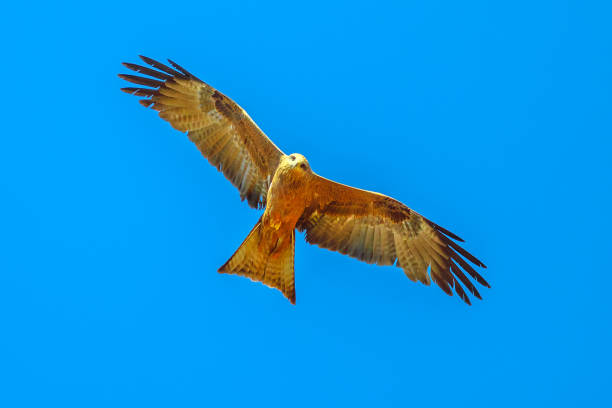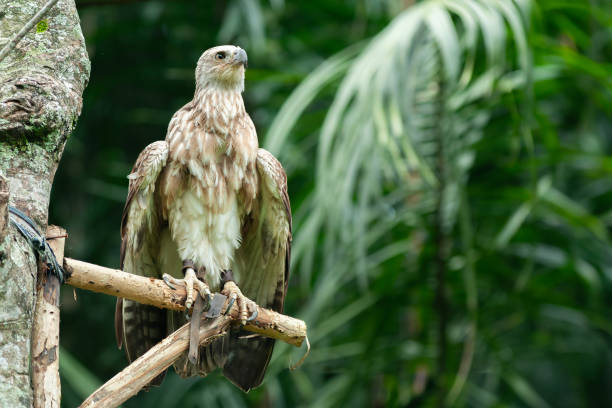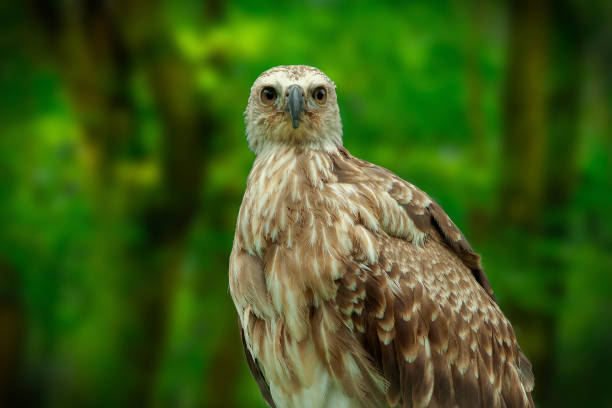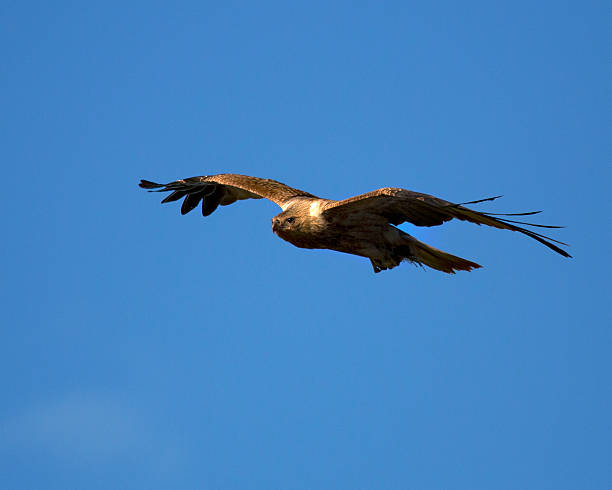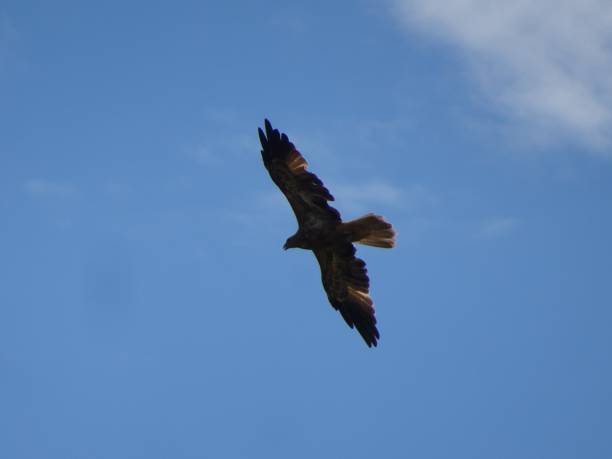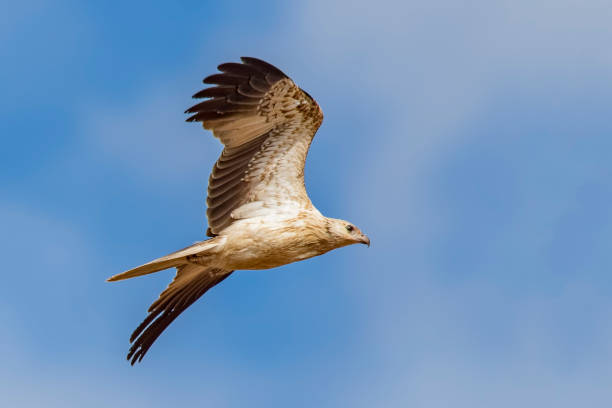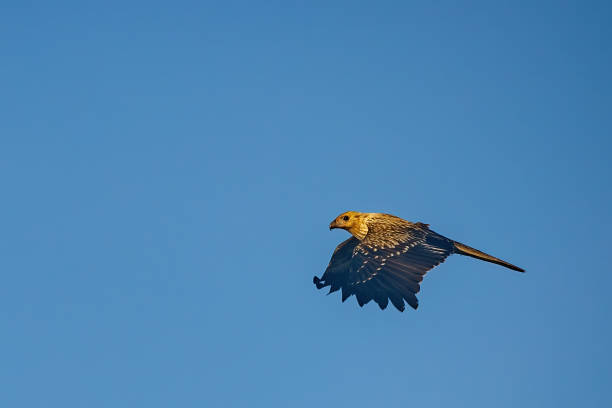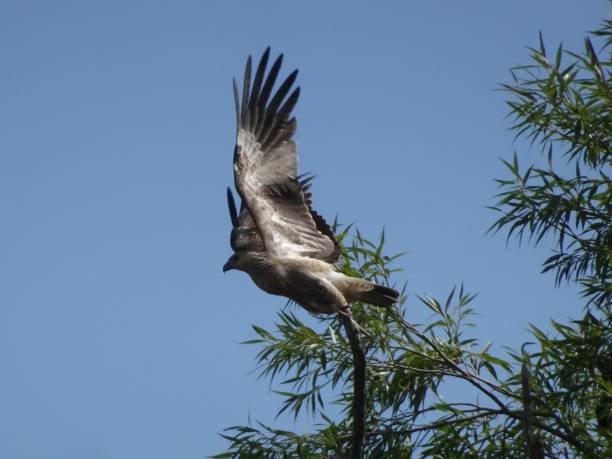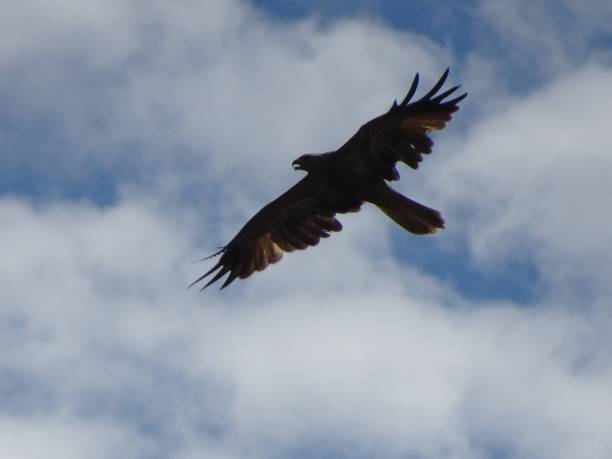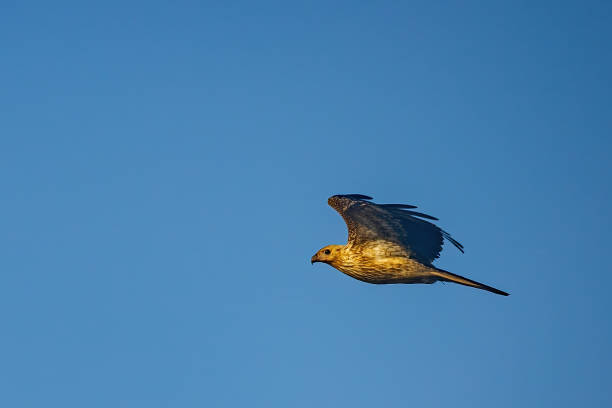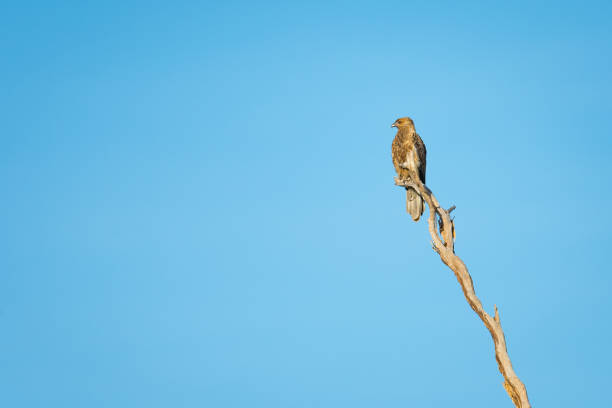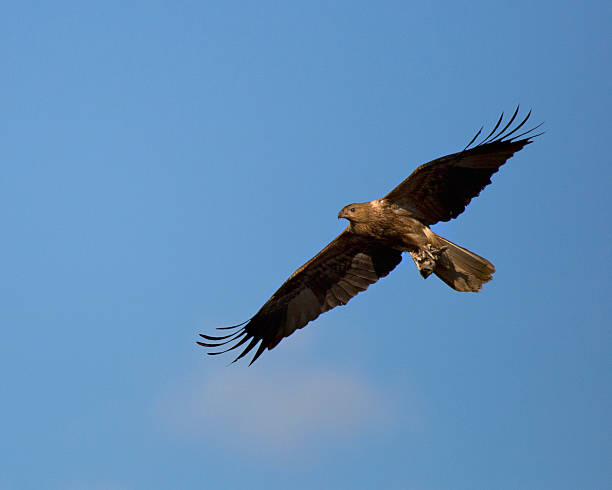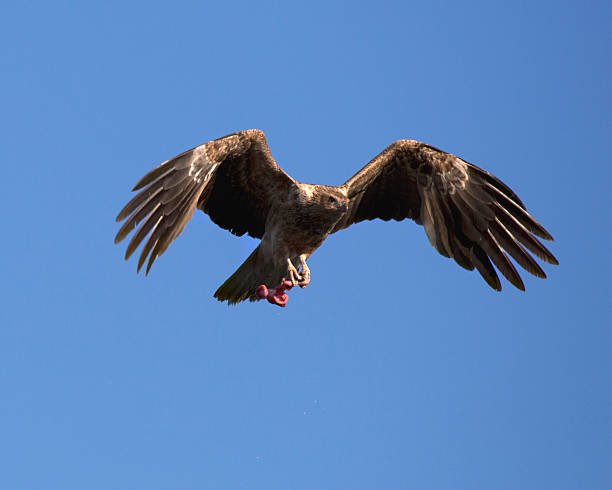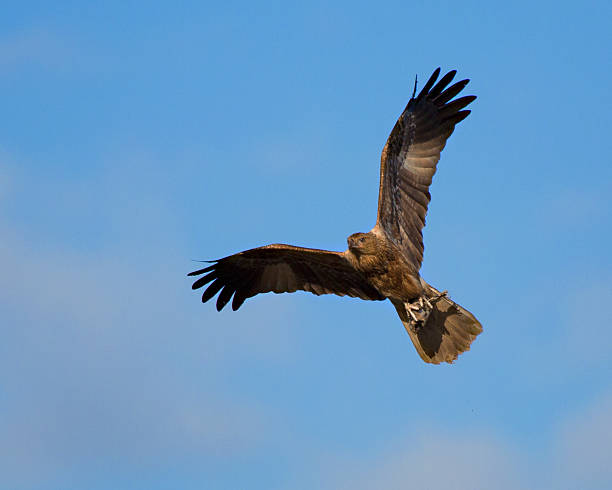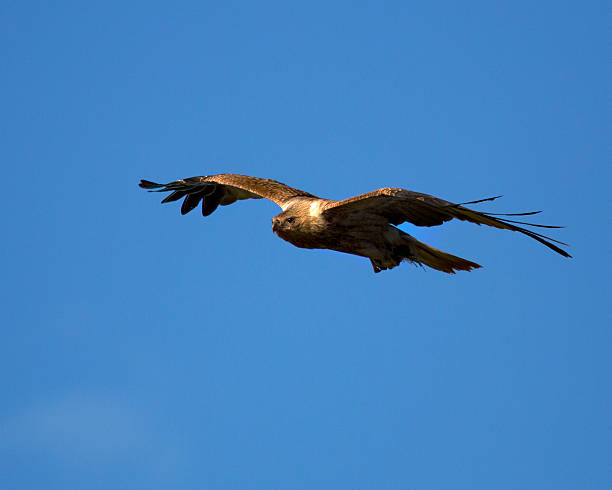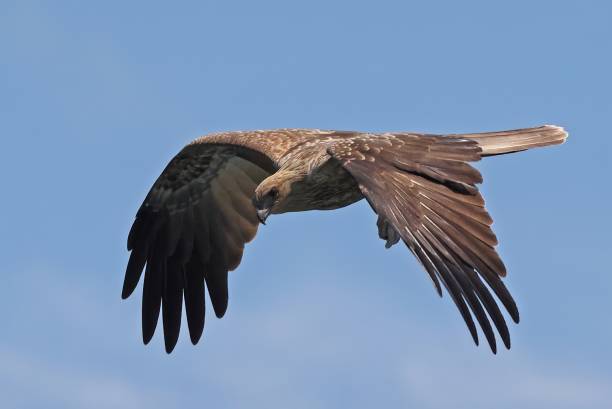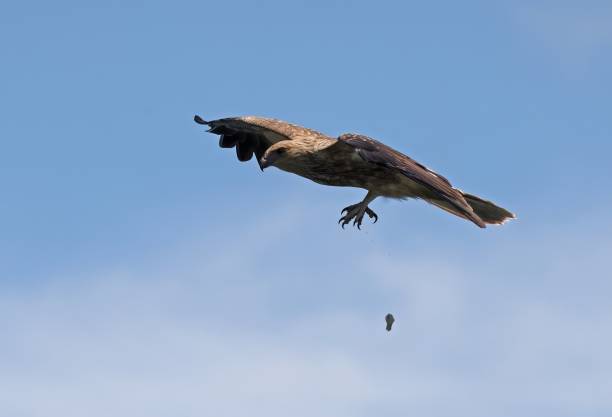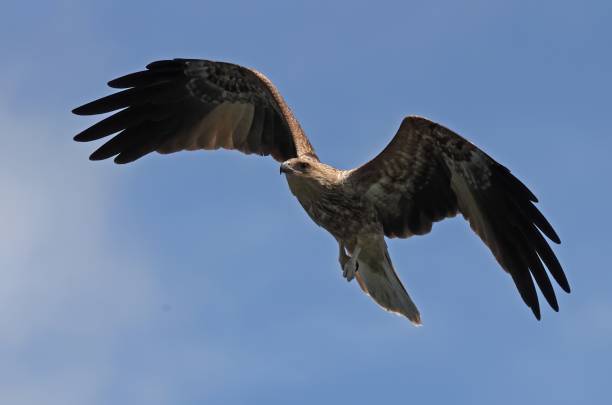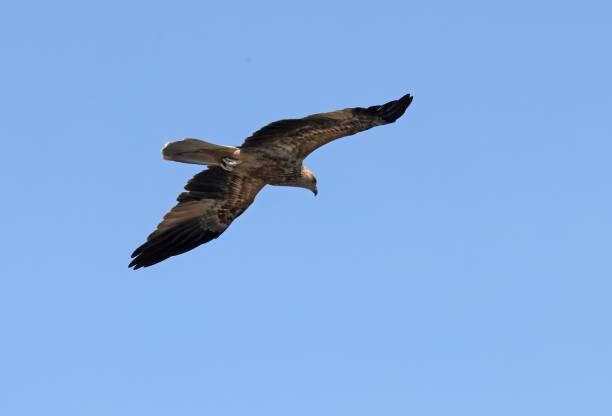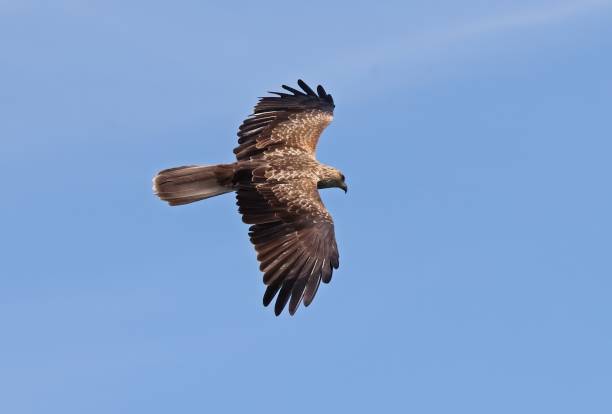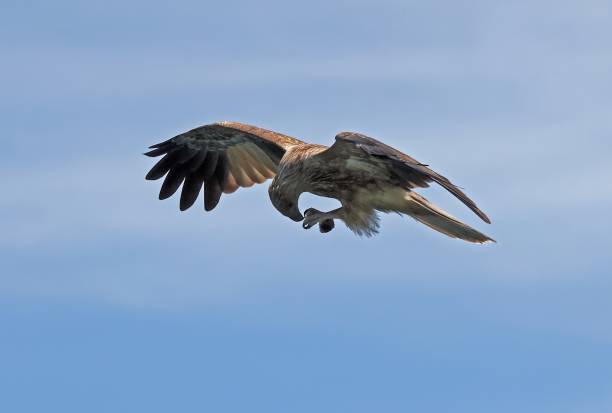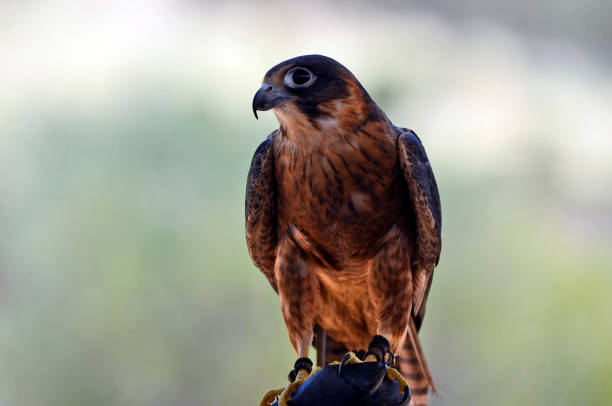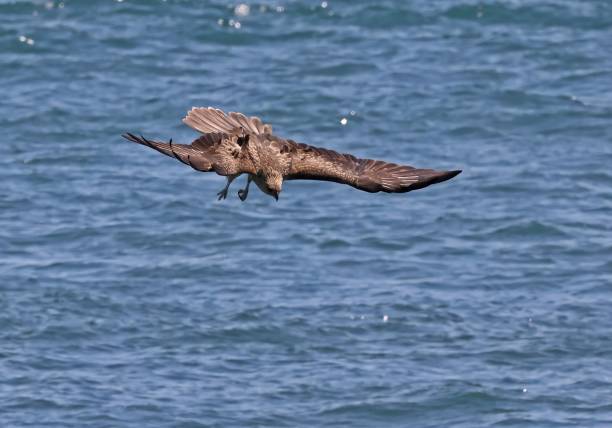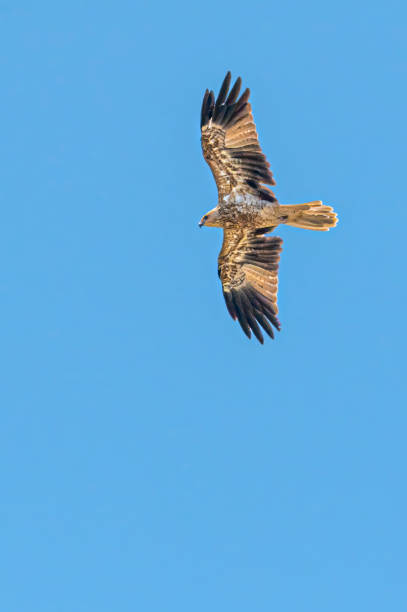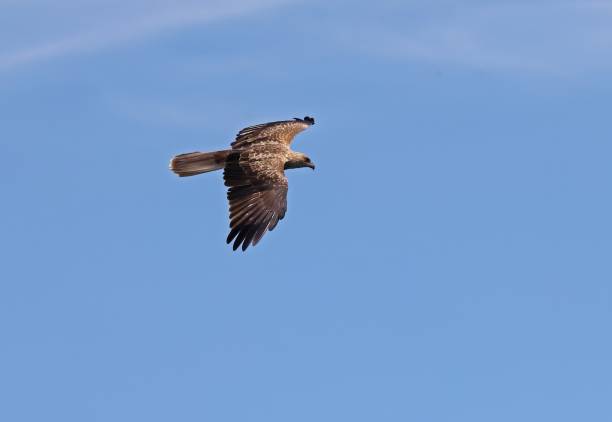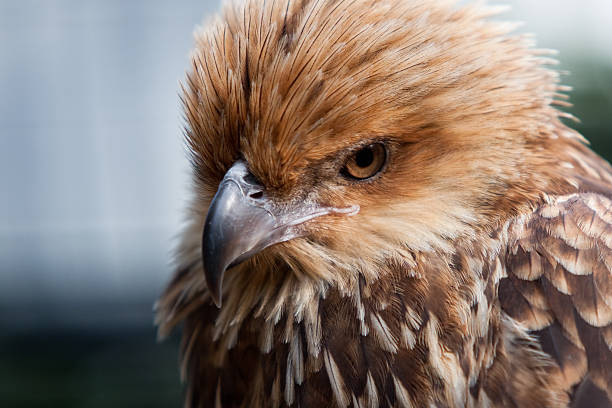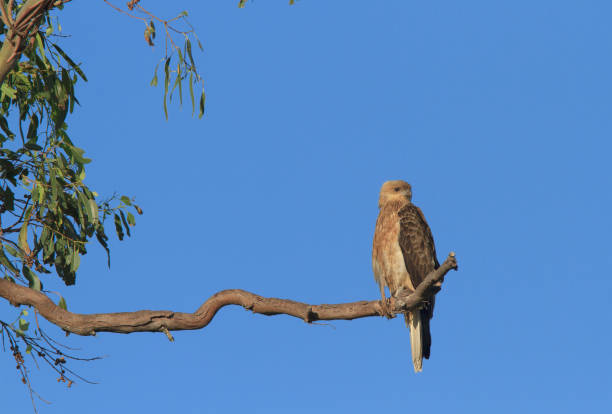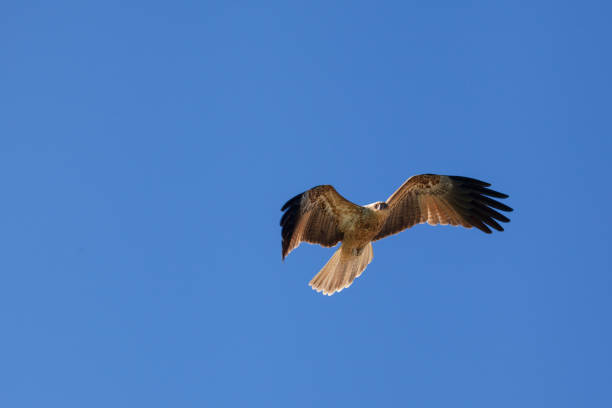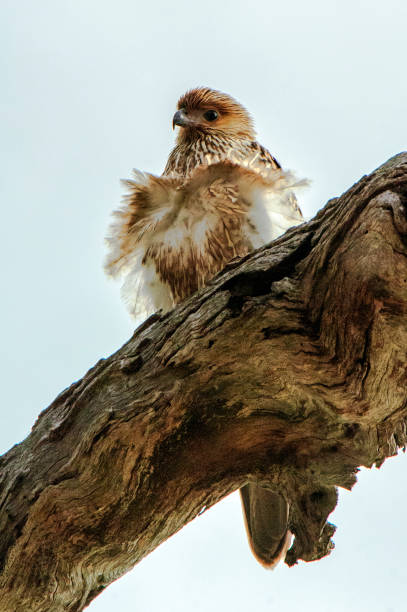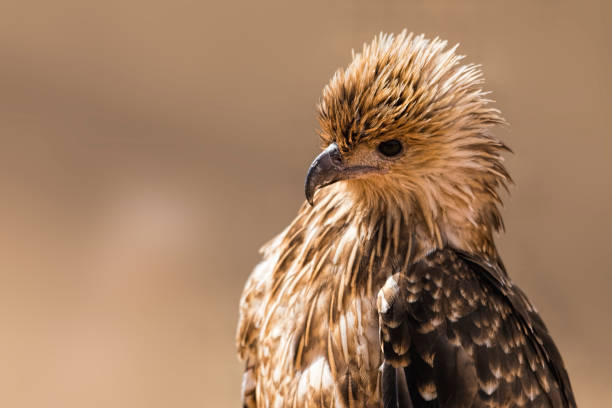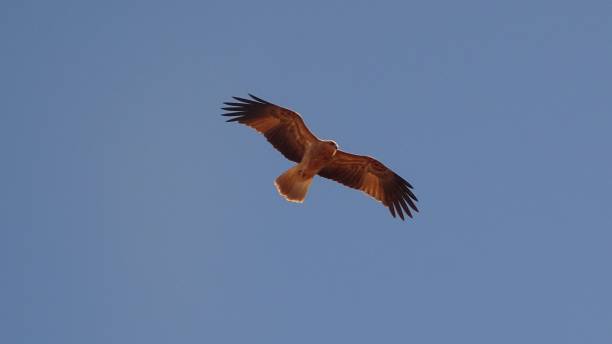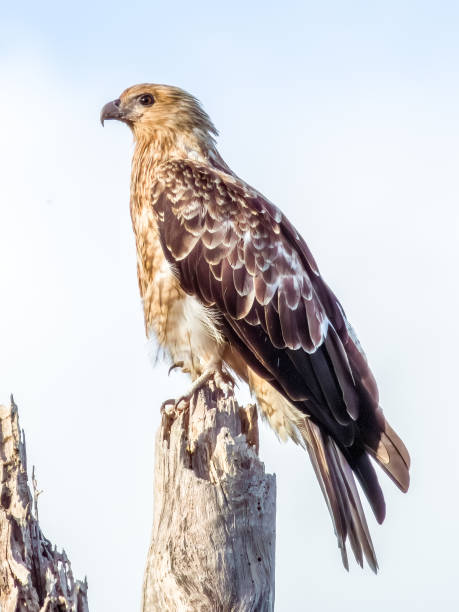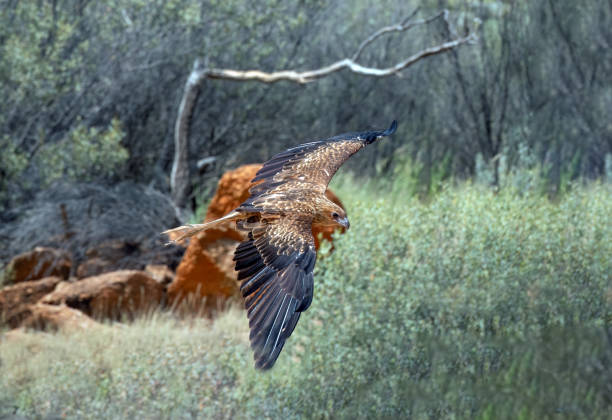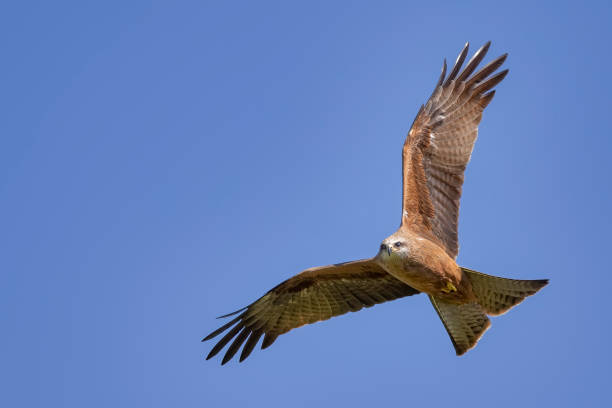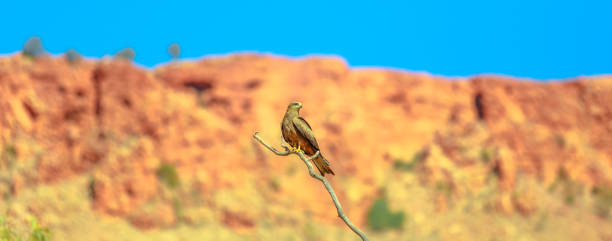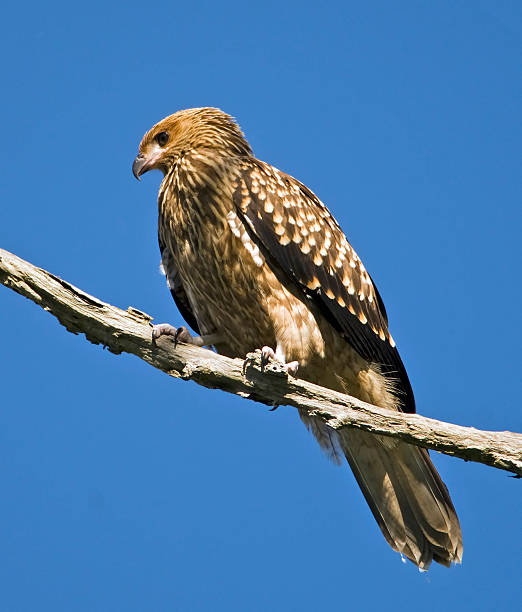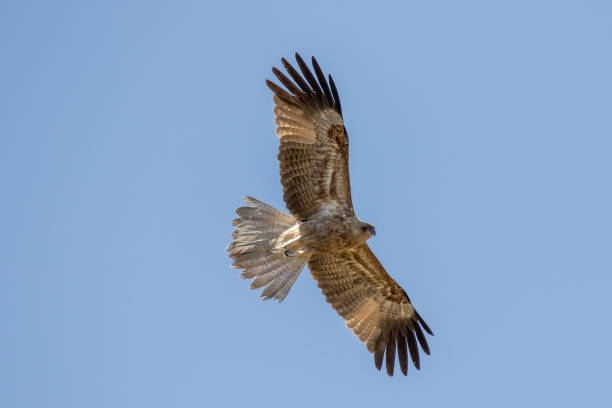
Haliastur Sphenurus Pictures, Images and Stock Photos
Browse 50+ haliastur sphenurus stock photos and images available, or search for falco berigora to find more great stock photos and pictures.

Whistling Kite in search of prey
Whistling Kite in flight with catch in claws.
Whistling kite in flight.
Whistling kite with catch in claws.
Common Australian kite
Common Australian kite
A Whistling Kite flying with wings spread viewed from below
Common Australian kite
Common Australian kite
Whistling Kite (Haliastur sphenurus)
Two whistling kite, Haliastur sphenurus, with gingery-brown feathers flies against the blue sky. Desert Park at Alice Springs, Northern Territory, Central Australia. Seen from below.
The whistling kite, Haliastur sphenurus, with gingery-brown feathers flies against the blue sky. Desert Park at Alice Springs, Northern Territory, Central Australia. Seen from below.
Banner panorama of whistling kite, Haliastur sphenurus, with gingery-brown feathers flies against the blue sky. Desert Park at Alice Springs in Northern Territory, Central Australia. Copy space.
The whistling kite, Haliastur sphenurus, with gingery-brown feathers flies against the blue sky. Desert Park at Alice Springs near MacDonnell Ranges in Northern Territory, Central Australia.
portrait of a Whistling Eagle or Haliastur sphenurus bird looking for prey
portrait of a Whistling Eagle or Haliastur sphenurus bird looking for prey
portrait of a Whistling Eagle or Haliastur sphenurus bird looking for prey
Whistling Kite in flight.
Lake Khancoban, Khancoban, NSW. Whistling Kite. Haliastur sphenurus
Whistling Kite (Haliastur sphenurus)
A large sandy-colored raptor known as a Whistling Kite (Haliastur sphenurus)
Lake Khancoban, Khancoban, NSW. Whistling Kite. Haliastur sphenurus
Lake Khancoban, Khancoban, NSW.Whistling Kite. Haliastur sphenurus
A large sandy-colored raptor known as a Whistling Kite (Haliastur sphenurus)
Australian Whistling Kite perched in tree
A bird of prey sits atop a dead tree, looking away from the camera against a clear blue sky
Whistling Kite with its catch found in Australia
Whistling kite bird with catch in claws.
Whistling Kite in flight with catch !
Whistling kite flying found in Australia
Whistling Kite (Haliastur sphenurus) adult in flight North Stradbroke Island, Queensland, Australia March
Whistling Kite (Haliastur sphenurus) adult in flight, dropping prey from tallons North Stradbroke Island, Queensland, Australia March
Whistling Kite (Haliastur sphenurus) adult in flight North Stradbroke Island, Queensland, Australia March
Whistling Kite (Haliastur sphenurus) adult in flight North Stradbroke Island, Queensland, Australia March
Whistling Kite (Haliastur sphenurus) adult in flight North Stradbroke Island, Queensland, Australia March
Whistling Kite (Haliastur sphenurus) adult in flight, eating food held in tallons North Stradbroke Island, Queensland, Australia March
Australia, whistling kite
Whistling Kite (Haliastur sphenurus) adult in flight stooping for prey over the sea North Stradbroke Island, Queensland, Australia March
Whistling kite flying high in the sky with wings spread wide
Whistling Kite (Haliastur sphenurus) adult in flight North Stradbroke Island, Queensland, Australia March
A Whistling Kite, Haliastur sphenurus, sitting on a branch with blue sky background in Australia
Whistling Kite (Haliastur sphenurus)"r"nMoreton Island, Queensland, Australia
The whistling kite (Haliastur sphenurus) is a medium-sized diurnal raptor found throughout Australia (including coastal islands), New Caledonia and much of New Guinea (excluding the central mountains and the northwest). Also called the whistling eagle or whistling hawk, it is named for its loud whistling call, which it often gives in flight. Some authorities put this species in the genus Milvus, despite marked differences in behaviour, voice and plumage between this species and other members of that genus. The whistling kite ranges in size from 50–60 cm (20–24 in), with a wingspan between 123–146 cm (48–57 in). Weights range from 380–1,050 g (13–37 oz) an average of 600g-750g for males and 750g-1000g for females. As with most raptors, females are larger and heavier than males; though there is considerable overlap between the sexes, females can be up to 21% larger and 42% heavier. Southern birds are also larger than those found in the tropics. Male and female plumages are the same. Adult birds are a pale buff on the head, breast and tail, with browner wings and black flight feathers. Immature birds are a heavily streaked reddish-brown with prominent pale spots on the wings. Throughout their lives, whistling kites have bone-colored legs and feet, which are unfeathered. Overall, the whistling kite looks small-headed and long-tailed, with wingtips falling well short of the tail tip when the bird is perched. Though its legs are short, the bird walks easily on the ground. Whistling kites soar on slightly bowed wings, with their long flight feathers often well-splayed. The striking pattern on their underwings is distinctive. This is a noisy species, calling regularly in flight and while perched—even while at the nest. Its most common call is a clear descending whistle, often followed (less often preceded) by a rapid series of rising notes. Intriguingly, field research carried out in Taunton Scientific National Park, Central Queensland by Fiona Randall from the University
Whistling Kite (Haliastur sphenurus)
Barkly Homestead, NT. Whistling Kite. Haliastur sphenurus
Stunning gold and brown raptor, usually seen hunting alone.
Banner panorama of whistling kite, Haliastur sphenurus, resting on a branch with blurred nature background. Desert Park at Alice Springs in Northern Territory, Central Australia.
A young Australian whistling kite (Haliastur sphenurus)perched on a dead eucalypt branch, showing its juvenile plumage with dark flight feathers and mottled white spots.
